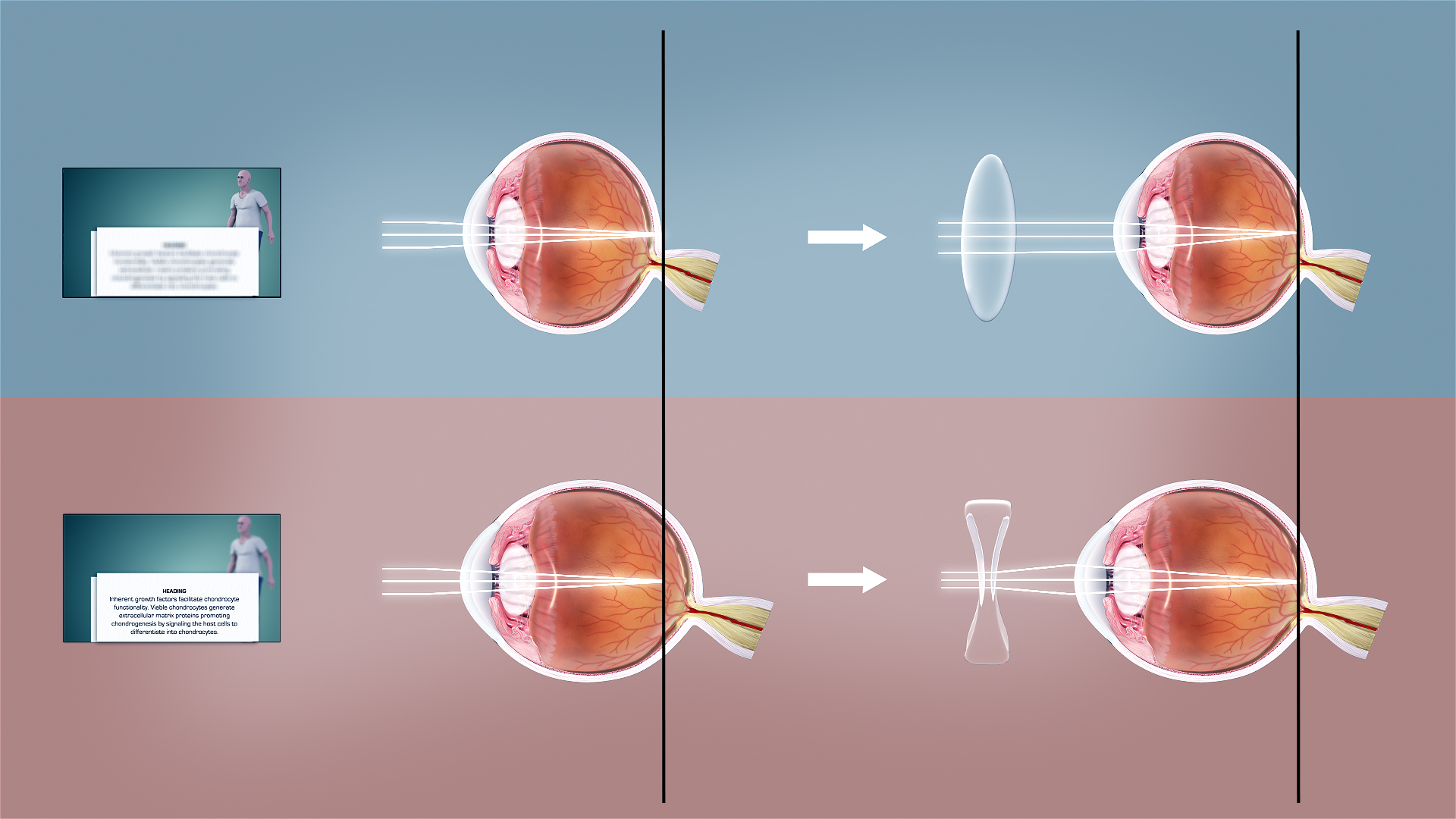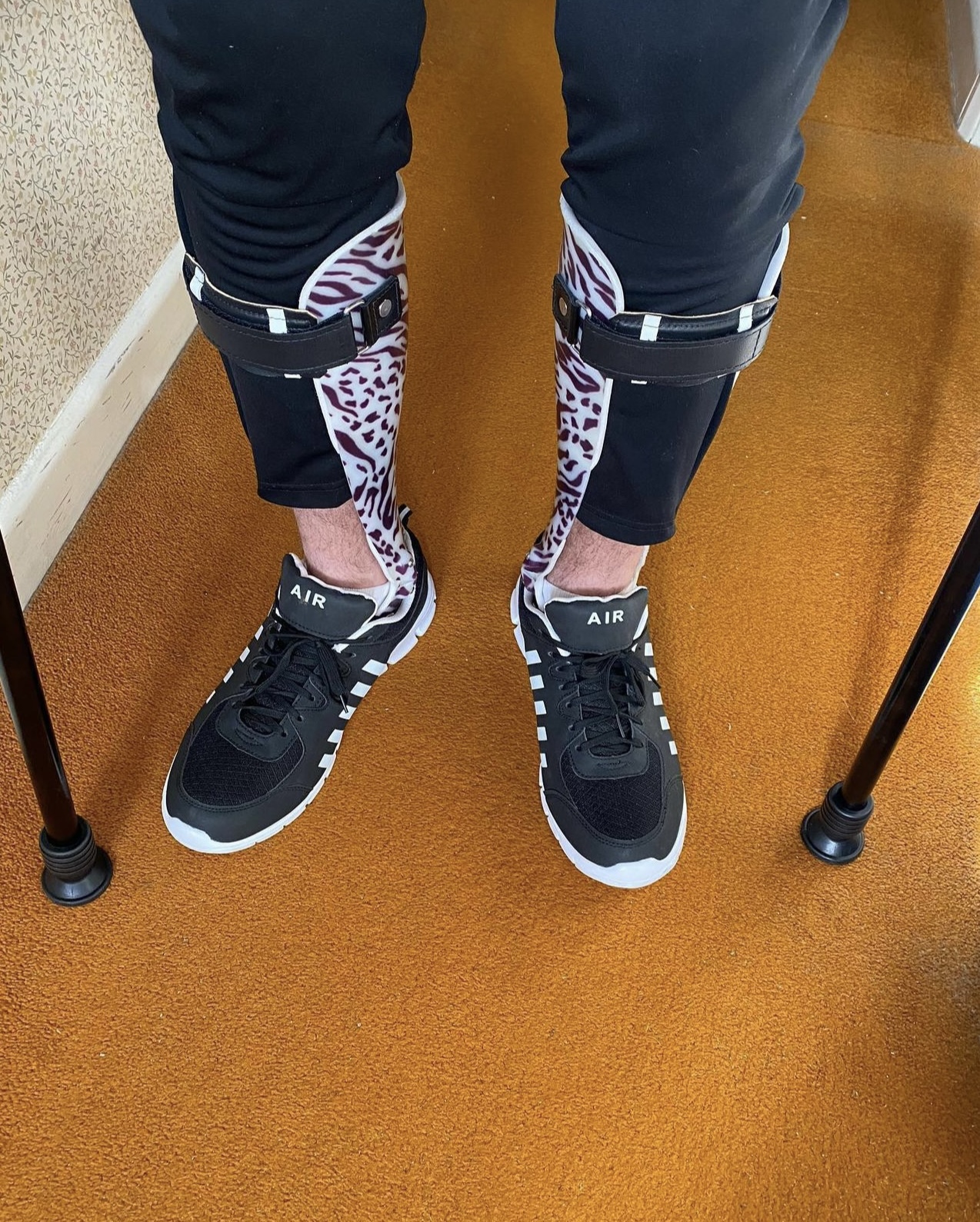|
Paratriathlon
Para triathlon is a variant of the triathlon for athletes with a physical disability. The sport is governed by World Triathlon (TRI; formerly known as the International Triathlon Union or ITU), and was first held as a Paralympic event at the 2016 Summer Paralympics in Rio de Janeiro, Brazil. At events sanctioned by World Triathlon, athletes compete over a para triathlon sprint distance event with a 750m swim, 20km cycle using handcycles, bicycles or tandem bicycles with a guide and a 5km wheelchair or running race. Athletes compete in nine sport classes according to the nature of their physical impairments, with variations made to the traditional event structure commensurate with their disability. Paratriathlon at the Summer Paralympics is a sprint race consisting of 750m swimming, 20km cycling and 5km running stages. At the 2018 Commonwealth Games, para triathlon was staged with athletes across multiple categories, with staggered starts introduced to ensure fair competition betw ... [...More Info...] [...Related Items...] OR: [Wikipedia] [Google] [Baidu] |
Paratriathlon At The Summer Paralympics
Paratriathlon debuted at the 2016 Summer Paralympics held in Rio de Janeiro, Brazil. Paratriathlon is a variant of the triathlon for athletes with a variety of physical disabilities. The sport is governed by the International Triathlon Union (ITU). The Paralympic event is a sprint race consisting of 750 m swimming, 20 km cycling and 5 km running stages. Athletes of both sexes compete in six categories according to the nature of their physical impairments. Some classifications allow for helpers in transition, while others allow for sighted pilot-guides throughout the race. 2016 The Paratriathlon debuted at the 2016 Summer Paralympics held in Rio de Janeiro, Brazil. Medals 2020 The Paratriathlon returned to the program at the 2020 Summer Paralympics in Tokyo, Japan. Classifications have been slightly amended in the interim, allowing for the introduction of a tandem-bike based triathlon for visually impaired athletes with guides. 2024 Medal table Updated after ... [...More Info...] [...Related Items...] OR: [Wikipedia] [Google] [Baidu] |
Triathlon
A triathlon is an endurance multisport race consisting of Swimming (sport), swimming, Cycle sport, cycling, and running over various distances. Triathletes compete for fastest overall completion time, racing each segment sequentially with the time transitioning between the disciplines included. The word is of Greek language, Greek origin, from (), 'three', and (), 'competition'. The sport originated in the late 1970s in Southern California as sports clubs and individuals developed the sport. This history has meant that #Nonstandard variations, variations of the sport were created and still exist. It also led to other three-stage races using the name triathlon despite not being continuous or not consisting of swim, bike, and run elements. Triathletes train to achieve endurance, strength, and speed. The sport requires focused persistent and Sports periodization, periodised training for each of the three disciplines, as well as combination workouts and general strength conditio ... [...More Info...] [...Related Items...] OR: [Wikipedia] [Google] [Baidu] |
2016 Summer Paralympics
The 2016 Summer Paralympics (), the 15th Summer Paralympic Games, were a major international multi-sport event for disabled sports, athletes with disabilities governed by the International Paralympic Committee, held in Rio de Janeiro, Brazil, from 7 to 18 September 2016. The Games marked the first time a Latin American and South American city hosted the event, the second Southern Hemisphere city and nation, the first one being the 2000 Summer Paralympics in Sydney, and also the first time a Lusophone (Portuguese-speaking) country hosted the event. These Games saw the introduction of two new sports to the Paralympic program: paracanoe, canoeing and the paratriathlon. The lead-up to these Paralympics were met with financial shortcomings attributed to tepid sponsor interest and ticket sales, which resulted in cuts to volunteer staffing and transport, the re-location of events and the partial deconstruction of the Deodoro Military Club, Deodoro venue cluster. However, ticket sales b ... [...More Info...] [...Related Items...] OR: [Wikipedia] [Google] [Baidu] |
Multiple Sclerosis
Multiple sclerosis (MS) is an autoimmune disease resulting in damage to myelinthe insulating covers of nerve cellsin the brain and spinal cord. As a demyelinating disease, MS disrupts the nervous system's ability to Action potential, transmit signals, resulting in a range of signs and symptoms, including physical, cognitive disability, mental, and sometimes psychiatric problems. Symptoms include double vision, vision loss, eye pain, muscle weakness, and loss of Sensation (psychology), sensation or coordination. MS takes several forms, with new symptoms either occurring in isolated attacks (relapsing forms) or building up over time (progressive forms). In relapsing forms of MS, symptoms may disappear completely between attacks, although some permanent neurological problems often remain, especially as the disease advances. In progressive forms of MS, bodily function slowly deteriorates once symptoms manifest and will steadily worsen if left untreated. While its cause is unclear, ... [...More Info...] [...Related Items...] OR: [Wikipedia] [Google] [Baidu] |
Para-cycling Classification
Para-cycling classification is the process of classifying participants in para-cycling covering four functional disability types. The classification system includes classes for handcycles for people who have lower limb mobility issues. The sport is governed by the (UCI). Definition There are fourteen classifications based on functional disability type. The blind classifications are based on medical classification, not functional mobility classification. File:B1 class.png, Visualisation of functional vision for a B1 (classification), B1 competitor File:B2 class.png, Visualisation of functional vision for a B2 (classification), B2 competitor File:B3 class.png, Visualisation of functional vision for a B3 (classification), B3 competitor File:Wheelchair_rugby_profile_classification_C5-6.svg, Functional mobility range of an H1 (classification), H1 classified cyclist File:Wheelchair_rugby_profile_classification_C6-7.svg, Functional mobility range of an H2 (classification), H2 classifi ... [...More Info...] [...Related Items...] OR: [Wikipedia] [Google] [Baidu] |
Para-swimming Classification
Para-swimming classification is a function-based classification system designed to allow for fair competition in disability swimming. The classes are prefixed with "S" for Freestyle swimming, freestyle, Butterfly stroke, butterfly and backstroke events, "SB" for breaststroke and "SM" for individual medley events. Swimmers with physical disabilities are divided into ten classes based on their degree of functional disability: S1 (classification), S1, S2 (classification), S2, S3 (classification), S3, S4 (classification), S4, S5 (classification), S5, S6 (classification), S6, S7 (classification), S7, S8 (classification), S8, S9 (classification), S9 and S10 (classification), S10. The lower number indicates a greater degree of impairment. Those with visual impairments are placed in classes S11 (classification), S11, S12 (classification), S12 and S13 (classification), S13. Class S15 (classification), S15 is for athletes with hearing loss. Additional classes may be reserved for swimmers wit ... [...More Info...] [...Related Items...] OR: [Wikipedia] [Google] [Baidu] |
Refractive Error
Refractive error is a problem with focus (optics), focusing light accurately on the retina due to the shape of the eye and/or cornea. The most common types of refractive error are myopia, near-sightedness, hyperopia, far-sightedness, astigmatism, and presbyopia. Near-sightedness results in far away objects being blurred vision, blurry, far-sightedness and presbyopia result in close objects being blurry, and astigmatism causes objects to appear stretched out or blurry. Other symptoms may include double vision, headaches, and eye strain. Near-sightedness is due to the length of the eyeball being too long; far-sightedness the eyeball too short; astigmatism the cornea being the wrong shape, while presbyopia results from aging of the lens of the eye such that it cannot change shape sufficiently. Some refractive errors occur more often among those whose parents are affected. Diagnosis is by eye examination. Refractive errors are corrected with eyeglasses, contact lenses, or surgery ... [...More Info...] [...Related Items...] OR: [Wikipedia] [Google] [Baidu] |
Visual Field
The visual field is "that portion of space in which objects are visible at the same moment during steady fixation of the gaze in one direction"; in ophthalmology and neurology the emphasis is mostly on the structure inside the visual field and it is then considered “the field of functional capacity obtained and recorded by means of perimetry”.Strasburger, Hans; Pöppel, Ernst (2002). Visual Field. In G. Adelman & B.H. Smith (Eds): ''Encyclopedia of Neuroscience''; 3rd edition, on CD-ROM. Elsevier Science B.V., Amsterdam, New York. However, the visual field can also be understood as a predominantly ''perceptual'' concept and its definition then becomes that of the "spatial array of visual sensations available to observation in introspectionist psychological experiments" (for example in van Doorn et al., 2013). The corresponding concept for optical instruments and image sensors is the field of view (FOV). In humans and animals, the FOV refers to the area visible when eye mov ... [...More Info...] [...Related Items...] OR: [Wikipedia] [Google] [Baidu] |
Visual Acuity
Visual acuity (VA) commonly refers to the clarity of visual perception, vision, but technically rates an animal's ability to recognize small details with precision. Visual acuity depends on optical and neural factors. Optical factors of the eye influence the sharpness of an image on its retina. Neural factors include the health and functioning of the retina, of the neural pathways to the brain, and of the interpretative faculty of the brain. The most commonly referred-to visual acuity is ''distance acuity'' or ''far acuity'' (e.g., "20/20 vision"), which describes someone's ability to recognize small details at a far distance. This ability is compromised in people with myopia, also known as short-sightedness or near-sightedness. Another visual acuity is ''Near visual acuity, near acuity'', which describes someone's ability to recognize small details at a near distance. This ability is compromised in people with hyperopia, also known as long-sightedness or far-sightedness. A com ... [...More Info...] [...Related Items...] OR: [Wikipedia] [Google] [Baidu] |
Visual Impairment
Visual or vision impairment (VI or VIP) is the partial or total inability of visual perception. In the absence of treatment such as corrective eyewear, assistive devices, and medical treatment, visual impairment may cause the individual difficulties with normal daily tasks, including reading and walking. The terms ''low vision'' and ''blindness'' are often used for levels of impairment which are difficult or impossible to correct and significantly impact daily life. In addition to the various permanent conditions, fleeting temporary vision impairment, amaurosis fugax, may occur, and may indicate serious medical problems. The most common causes of visual impairment globally are uncorrected refractive errors (43%), cataracts (33%), and glaucoma (2%). Refractive errors include near-sightedness, far-sightedness, presbyopia, and astigmatism (eye), astigmatism. Cataracts are the most common cause of blindness. Other disorders that may cause visual problems include age-related macular ... [...More Info...] [...Related Items...] OR: [Wikipedia] [Google] [Baidu] |
Sling (medicine)
A sling, also known as arm sling, is a device to limit movement of the shoulder or elbow while it heals. A sling can be created from a triangular bandage. References Orthopedics {{health-stub ... [...More Info...] [...Related Items...] OR: [Wikipedia] [Google] [Baidu] |
Orthotics
Orthotics () is a medical specialty that focuses on the design and application of orthoses, sometimes known as braces, calipers, or splints. An is "an externally applied device used to influence the structural and functional characteristics of the neuromuscular and skeletal systems." Orthotists are medical professionals who specialize in designing orthotic devices such as braces or foot orthoses. Classification Orthotic devices are classified into four areas of the body according to the international classification system (ICS): orthotics of the lower extremities, orthotics of the upper extremities, orthotics for the trunk, and orthotics for the head. Orthoses are also classified by function: paralysis orthoses and relief orthoses. Under the International Standard terminology, orthoses are classified by an acronym describing the anatomical joints they support. Some examples include KAFO, or knee-ankle-foot orthoses, which span the knee, ankle, and foot; TLSO, or thor ... [...More Info...] [...Related Items...] OR: [Wikipedia] [Google] [Baidu] |






